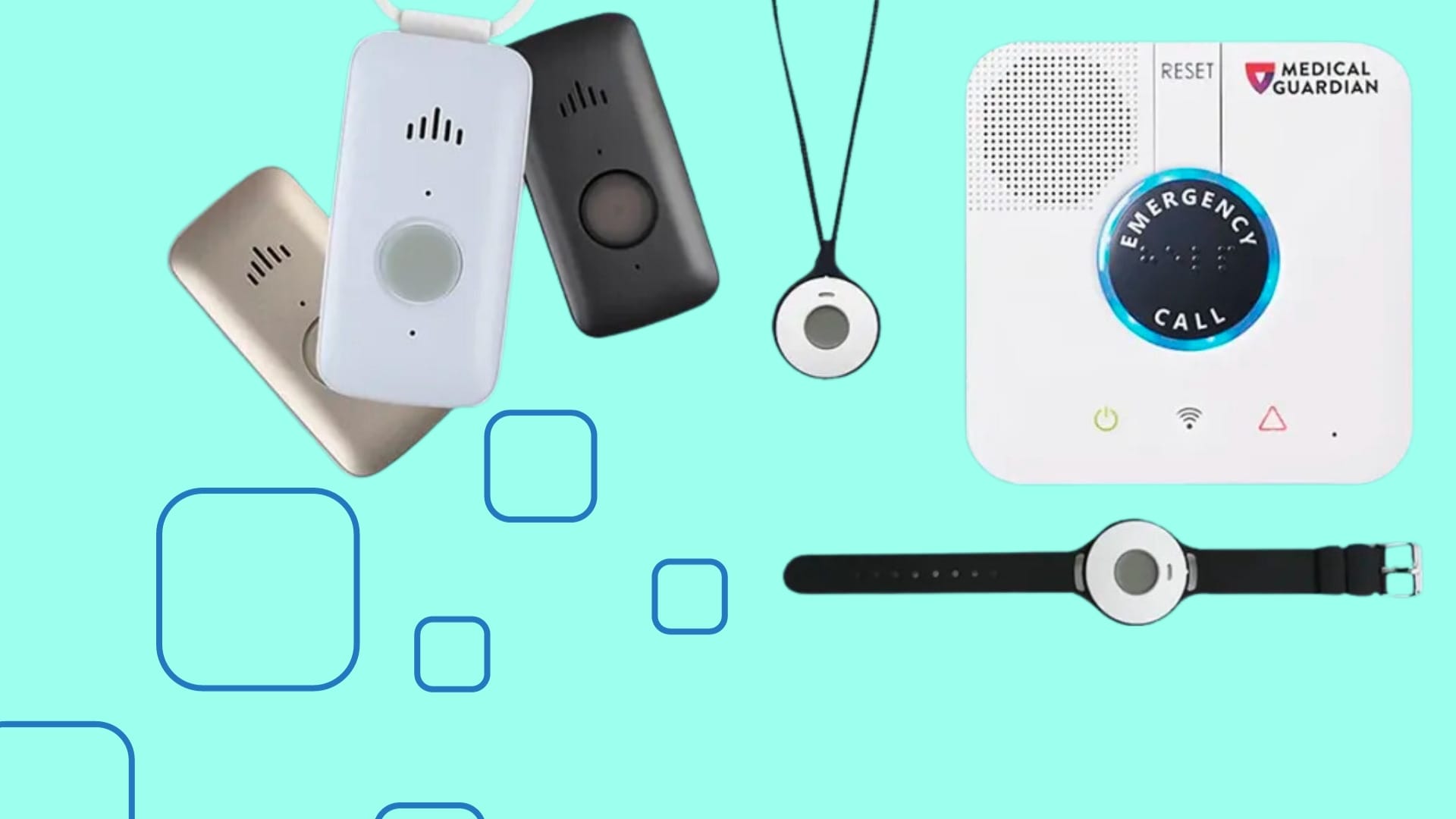Heart rate monitors measure your heart rate while you work out, telling you whether you are exercising in the optimal range. Devices alert you if you exceed the maximum heart rate for your age and provide additional metrics such as distance, breathing rate and speed. Here, we take a look at three of the best but very different heart rate monitors on the market: the Fitbit Luxe, the Polar H10 Heart Rate Sensor and the Peloton Heart Rate Band. Read on to learn what they do, how they compare, and which is the best for you.
What does the Fitbit Luxe do?
The Fitbit Luxe is a smartwatch that doubles as a heart rate monitor. The device uses a non-invasive optical sensor on the timepiece’s underside to track blood as it pulses through blood vessels. Additional metrics include calories burned, sleep duration, steps taken and breathing rate. Fitbit worked hard to make the latest iteration of the device low-profile. As such, it is substantially smaller than most bulky smartwatches on the market. It’s also water-resistant, which is great for when you’re sweating buckets during spin class or yoga.
What does the Polar H10 Heart Rate Sensor do?
The Polar H10 Heart Rate sensor is one of the most accurate consumer-grade heart rate sensors you can buy. The device uses sophisticated electrodes to chart heart output and features a helpful silicone clip at the front, making it suitable for swimming, cycling, running and indoor training. Designed with Olympic athletes in mind, the sensor is compatible with a variety of systems, including Garmin, Polar, Apple, Suuton and others.
What does the Peloton Heart Rate Band do?
Peloton built the Peloton Heart Rate Band to pair with its stationary bicycles. The device measures your pulse and displays your heart rate on any Peloton machine screen. It fits ergonomically high up on your arm and has multiple LED lights that show you your approximate heart rate zone at a glance. The band is an improvement over the brand’s previous chest strap which some users found uncomfortable.
What are the main differences between the Fitbit Luxe, the Polar H10 Heart Rate Sensor and the Peloton Heart Rate Band?
The Fitbit Luxe is a wristwatch-style heart rate monitor that looks like a slimmed-down smartwatch whereas the Polar H10 Heart Rate Sensor is much bulkier and fits across the chest. The Peloton Heart Rate Band slips onto the upper arm and is compatible with both Peleton’s own-brand equipment and third-party products. The Fitbit Luxe uses an optical sensor to measure heart rate while the Polar H10 and Peleton rely on highly accurate electrodes for more reliable results.
Pros and cons of the best heart rate monitors on the market
Pros of the Fitbit Luxe:
• Small and lightweight
• Offers a host of additional health metrics, such as breathing rate, and stress management tools
• Comes with a free 6-month Fitbit Premium subscription
Cons of the Fitbit Luxe:
• Doesn’t track your GPS position
• The optical sensor can sometimes provide inaccurate readouts
• Can be difficult to adjust due to the small display
Pros of the Polar H10 Heart Rate Sensor:
• High-quality electrode sensors for superior heart rate measurement
• Bluetooth connectivity
• Suitable for a variety of training scenarios, including swimming and rowing
Cons of the Polar H10 Heart Rate Sensor:
• Bulky: must be worn around the chest
• Does not provide any on-device display or readouts
• Does not pair with all devices Pros of the Peloton Heart Rate Band
• An improvement over Peleton’s previous-generation chest strap
• Compatible with a variety of third-party software as well as all Peloton machines
• Comes with helpful LED lights that tell you your heart rate zone
Cons of the Peloton Heart Rate Band:
• Does not support ANT+
• The bulky chest strap is not ideal for people who like to exercise unencumbered
Which is the right heart rate monitor for you?
The Fitbit Luxe, the Polar H10 Heart Rate Sensor and the Peloton Heart Rate Band are radically different pieces of equipment. Fitbit’s offering is best for casual exercisers looking for a lightweight heart-monitoring accessory. The helpful screen lets users track their heart rate immediately, without having to check in with a companion device.
By contrast, the Polar H10 Heart Rate Sensor is for athletes and exercise enthusiasts who want more accurate heart rate read-outs. The electrodes on the device fit on the chest, directly above the heart, telling wearers exactly when they enter various exercise zones.
The Peloton Heart Rate Band is for exercisers that want accurate heart rate results, but don’t want to wear a device around their chest. It’s also great for anyone who already owns a Peloton machine.


